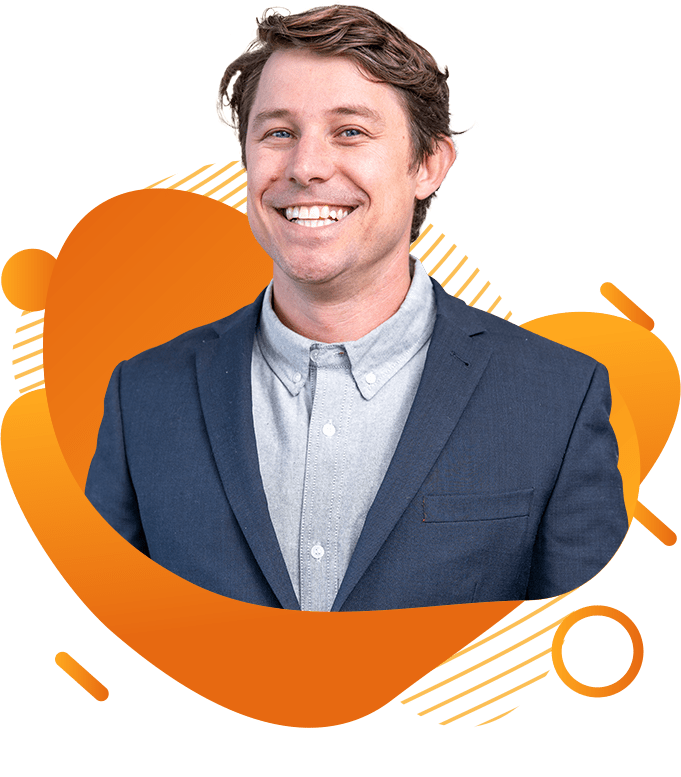Early Childhood Qualification Assessment in Australia
Early childhood education is one hot profession in Australia, where the demand for qualified early childhood professionals has been on the rise to take care of and teach young children during some of the most important early years of their lives. Early Childhood Teacher is once again included in the new Core Skills Occupations List. Therefore, it really matters to those aspiring teachers and childcare workers who are either from abroad or living in Australia to learn a lot about the process of being qualified in the country.
Importance of Qualification Assessment
Qualification assessment ensures teachers have the skills, knowledge, and expertise to meet the standards in teaching early childhood education. Passing an assessment ensures you can provide safe, high-quality care and education and that you meet state and national regulatory authorities’ requirements.
Many times, qualification assessments are a part of the visa application for people moving to Australia. These regulatory bodies like ACECQA or the Australian Children’s Education & Care Quality Authority and others such as Trades Recognition Australia (TRA) have the duty of ensuring that overseas qualifications are up to par in Australia.
Steps in the Assessment of Early Childhood Qualifications in Australia
Step 1: Determine the Relevant Occupation and Skills Authority
The early childhood education roles are typically categorised as per below. You can click the item to find out the course you can enrol to get the qualification. For migrants, the assessment process depends on the intended job role and the required qualification level. Occupations in early childhood education are assessed by ACECQA.
– Childcare Worker (Certificate III qualification minimum)
– Early Childhood Educator (Diploma qualification minimum)
– Preschool Teacher (Bachelor’s degree required)
Step 2: Qualification Equivalency Check
If you are an international applicant, you need to demonstrate that your qualifications align with Australian standards. This involves:
✔ ️ providing evidence of your qualification such as diplomas, certificates, or transcripts, translated into English if needed.
✔ ️the assessor will compare your coursework and practical training hours with the equivalent Australian qualification. For instance, to meet ACECQA requirements, a Diploma-level qualification must include specific coursework in areas such as child safety, curriculum design, and developmentally appropriate practice.
Step 3: English Language Proficiency
You must provide a proof of your English language proficiency typically through tests such as IELTS, TOEFL, or PTE. the required scores may vary depending on the role but a general benchmark for early childhood educators is an overall IELTS score of 7.
Step 4: Work Experience Assessment
In most cases, work experience may be considered as part of your qualification assessment. When you demonstrating relevant and recent experience in early childhood education, it can strengthen your application. Documentation including employer references must clearly outline your role, responsibilities, and duration of employment.
How to Apply for the ACECQA Qualification Assessment
The Australian Children’s Education & Care Quality Authority conducts an assessment of early childhood qualifications on whether they meet the Australian early childhood educator standards. All this process is to ascertain and determine if the qualifications gained abroad or in Australia are of any equivalent levels required to do work in early childhood education and care services. It is advisable to make a call to a registered migration agent for smooth processing purposes and ensure that you didn’t miss anything on the application. For this blog, here’s how ACECQA assesses qualifications:
Step 1: Check if your qualification is already listed as approved on their website.
Step 2: Complete the Application by filling out the qualification assessment form, providing all required documents and paying the associated fees.
You will be asked to provide the following documents:
✔ ️certified colour copy of your passport or Australian Drivers Licence
✔ ️certified colour copy of your evidence of change of name (if applicable)
✔ ️certified colour copy of your official certificate for your qualifications
✔ ️certified colour copy of your official academic transcript for your qualification which must include all years of study
✔ ️Declaration and Consent Form
✔ ️Evidence of English language proficiency
✔ ️Evidence of teacher registration (if applicable)
Step 3: Submit all the necessary documents.
Make sure that all the evidence is certified and uploaded per ACECQA’s guidelines. Any documents in a language other than English will need to be translated.
Step 4: Pay and Await for Results
Depending on what kind of assessment for early childhood educators you are going to take, the application fees can be from $330 to $1,100. ACECQA typically takes several weeks to process your application and notify you of the outcome.
Tips for a Smooth Qualification Assessment Process
- Organise Documents Early: Ensure all your academic and professional documents are certified and translated if necessary.
- Be Specific About Roles: Clearly define your intended role—childcare worker, educator, or teacher—as the assessment process and requirements differ.
- Engage a Migration Agent: If applying from overseas or maybe unsure if your qualification is enough, speak with a registered migration agent to help you streamline your visa and assessment process.
Challenges in Early Childhood Qualification Assessment
1. Differences in Educational Standards
Not all international qualifications align seamlessly with Australian standards. Applicants from countries with shorter study durations or differing curricula may need to undertake additional coursework or training.
2. Document Preparation
Missing or incomplete documentation can delay the assessment process. Always ensure your records are certified and comprehensive.
3. Cost and Time
Qualification assessments often require fees and may take several weeks to process. Budget and plan accordingly to avoid disruptions.
Pathways for Those with Unrecognised Qualifications
If your qualification is not deemed equivalent, there are still pathways to work in early childhood education sector.
✔️Enrol in an Australian Qualification: Many Registered Training Organisations (RTOs) offer flexible options to obtain a Certificate III or Diploma in Early Childhood Education and Care. You may find a course here or speak to a registered education agent for free.
✔️Recognise Prior Learning (RPL): Some RTOs may recognise your previous studies or experience, allowing you to complete qualifications faster.
Opportunities in Early Childhood Education
Australia’s demand for early childhood educators continues to grow with occupations in this field frequently appearing on the Skilled Occupation Lists. It’s included in the new Core Skills Occupations List of the Core Skills Stream of the new Skills in Demand visa. This demand provides international applicants with strong employment opportunities once their qualifications are recognised and higher chance of getting permanent residency.
Conclusion
An early childhood qualification assessment is one of the most significant steps towards working in the country’s education and care sector in Australia. This may seem complex but with proper preparation and an understanding of the requirements, one can ensure a smooth pathway toward recognition. Whether one chooses to go through ACECQA or other assessing bodies, aligning one’s qualifications with Australian standards opens the door to a fulfilling career in one of the most impactful professions in Australia.
Your first step in a successful career in early childhood education will be through understanding these assessment processes. Contact Pathway to Aus today so we can help you prepare your future as a childhood educator in Australia!




